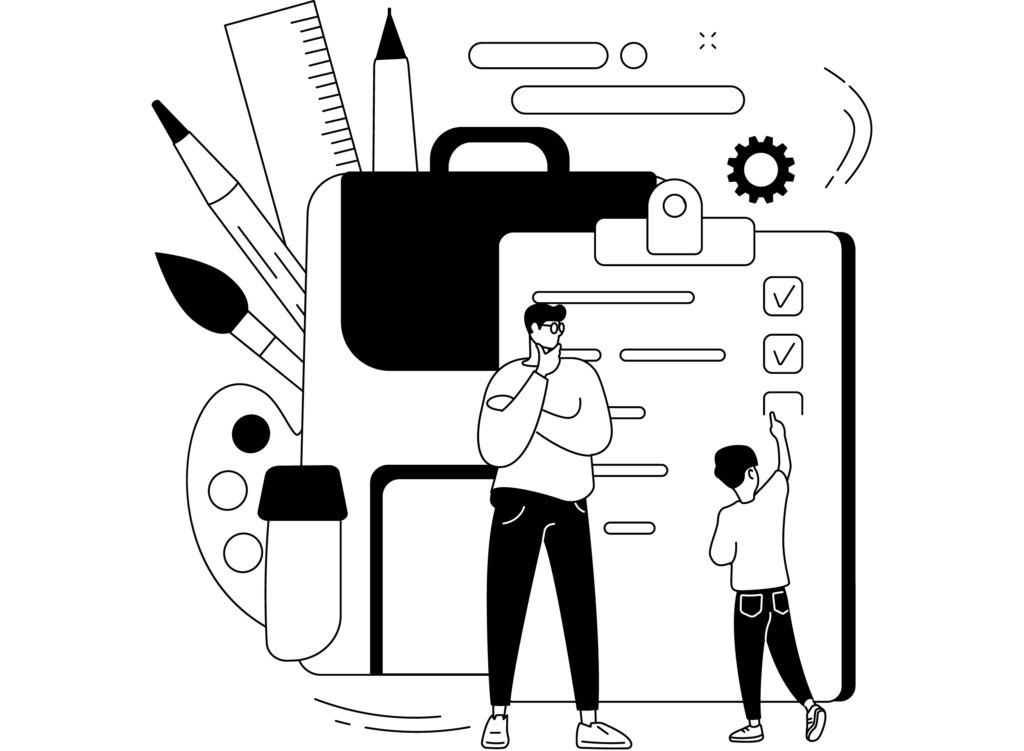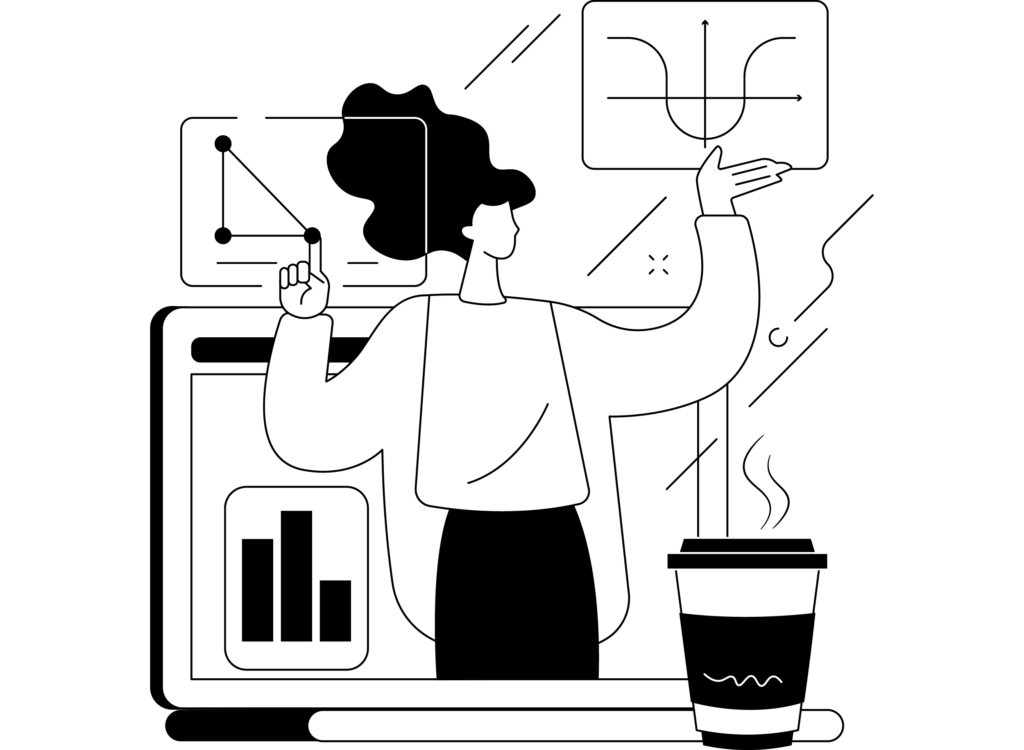How to Become a Graphic Designer in 3 Months: A Step-by-Step Guide

Are you passionate about creativity and want to turn that passion into a career? Becoming a graphic designer in just three months is an ambitious goal, but it’s entirely achievable with the right approach. In this guide, we’ll outline a clear, step-by-step plan to help you develop the essential skills and knowledge needed to launch your graphic design career in just 12 weeks.
Why Three Months?
Three months might seem like a short time to become a graphic designer, but with focused effort, you can build a strong foundation. This timeline is ideal for those who want to quickly break into the field, whether you’re looking to freelance, start a side hustle, or land an entry-level job. The key is to stay disciplined, follow a structured plan, and practice consistently.
Week 1-2: Understand the Basics of Graphic Design
The first two weeks are all about building a solid foundation.
Learn Design Principles:
Start by understanding the core principles of graphic design, such as color theory, typography, layout, and composition. These are the building blocks of all great designs. Enroll in our Basic Graphic Design Course to get started.Familiarize Yourself with Design Terminology:
Get comfortable with the language of design—terms like kerning, leading, hierarchy, and contrast are essential to communicate effectively in the field.Explore Different Types of Design:
Graphic design encompasses various fields, such as branding, web design, and print design. Spend some time exploring these areas to identify where your interests lie. Check out our Introduction to Graphic Design Specializations Course.Set Up Your Workspace:
Invest in the right tools—a good computer, a reliable mouse, and design software like Adobe Creative Suite (Photoshop, Illustrator, InDesign). Set up a comfortable workspace to keep you motivated.
Week 3-4: Learn Design Software
Now that you’ve got the basics down, it’s time to get hands-on with design software.
Master Adobe Photoshop:
Photoshop is essential for editing images, creating mockups, and designing web layouts. Start with tutorials to learn the basics, then gradually take on more complex projects. Enroll in our Adobe Photoshop for Beginners Course.Learn Adobe Illustrator:
Illustrator is the go-to tool for creating vector graphics, logos, and illustrations. Practice by creating simple logos and gradually work your way up to more intricate designs. Sign up for our Adobe Illustrator Masterclass.Get Comfortable with Adobe InDesign:
InDesign is vital for layout design, particularly for print and digital publications. Learn how to create brochures, flyers, and multi-page documents. Join our Adobe InDesign Essentials Course.Practice Daily:
Consistency is key. Dedicate at least 2-3 hours a day to practicing with these tools. Work on small projects, like redesigning a website header or creating a social media post.
Week 5-6: Build Your Portfolio
With some design skills under your belt, it’s time to start building a portfolio.
Create Personal Projects:
Begin with simple projects like designing a logo, a business card, or a poster. These projects don’t need to be for actual clients; they’re for demonstrating your skills. Learn How to Build a Strong Graphic Design Portfolio.Redesign Existing Work:
Find existing designs online and try to improve them. This practice helps you understand design choices and think critically about what makes a design effective.Start a Blog or Social Media Page:
Document your learning journey by sharing your work on a blog or social media. This not only builds your online presence but also shows potential clients or employers your growth.Seek Feedback:
Join online design communities or forums where you can share your work and get constructive feedback. Learning from others’ perspectives is invaluable.
Week 7-8: Work on Real-World Projects
Experience is the best teacher, so start working on real-world projects.
Take on Freelance Projects:
Look for small freelance opportunities on platforms like Upwork, Fiverr, or even within your network. These projects don’t have to be high-paying; the goal is to gain experience and build your portfolio. Explore Our Guide to Freelance Graphic Design.Collaborate with Others:
Team up with other creatives, such as photographers or writers, to work on collaborative projects. This will help you understand how to work within a team and expand your portfolio.Offer Pro Bono Work:
Offer your design services to local non-profits or small businesses for free or at a reduced rate. This not only helps you gain experience but also builds goodwill and potential referrals.
Week 9-10: Polish Your Portfolio and Resume
With several projects under your belt, it’s time to refine your portfolio and prepare for job applications.
Curate Your Best Work:
Select the best pieces from your projects to include in your portfolio. Quality over quantity is crucial—focus on showcasing your versatility and creativity. Learn How to Create a Winning Graphic Design Portfolio.Create a Personal Brand:
Design your own logo, business card, and website. Your personal brand is an opportunity to showcase your style and make a strong first impression.Write a Strong Resume:
Tailor your resume to highlight your design skills, software proficiency, and any relevant experience. Even if you have little professional experience, emphasize your personal projects and learning journey. Check Out Our Graphic Design Resume Tips.Prepare for Interviews:
Practice answering common interview questions for graphic designers. Be ready to discuss your design process, software knowledge, and how you handle feedback and deadlines.
Week 11-12: Launch Your Career
The final weeks are all about taking the leap into the professional world.
Apply for Jobs:
Start applying for entry-level graphic design positions. Tailor your applications to each job, highlighting relevant skills and experiences from your portfolio. Browse Our Guide to Landing Your First Graphic Design Job.Network with Industry Professionals:
Attend local design meetups, webinars, or online conferences. Networking is key to finding opportunities and learning from experienced designers.Consider Freelancing:
If full-time employment isn’t immediately available, consider freelancing. Continue to build your portfolio and client base while looking for more permanent roles. Enroll in Our Freelance Graphic Design Masterclass.Stay Committed to Learning:
Graphic design is an ever-evolving field. Stay updated with the latest design trends, tools, and techniques to keep improving your skills.
Conclusion: Can You Really Become a Graphic Designer in 3 Months? Absolutely.
With dedication, structured learning, and consistent practice, you can become a graphic designer in just three months. While this journey is intense, it’s also incredibly rewarding. By the end of this period, you’ll have the skills, portfolio, and confidence needed to start your career in graphic design. So, start today, follow this plan, and watch your creativity come to life!
